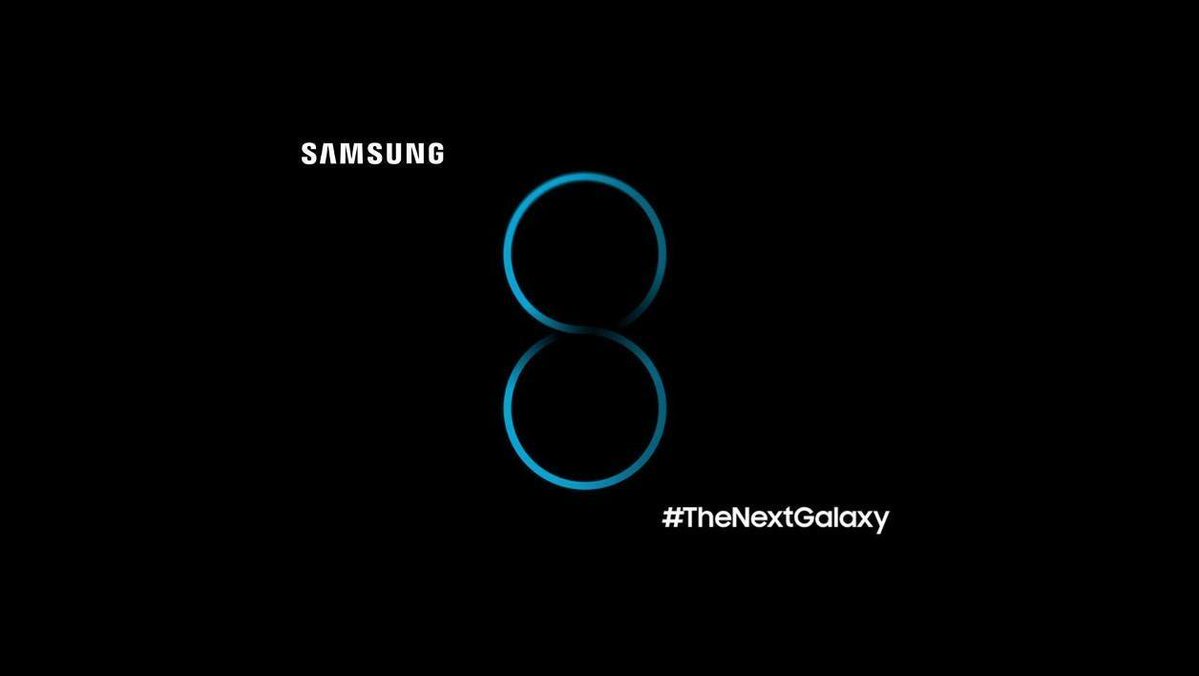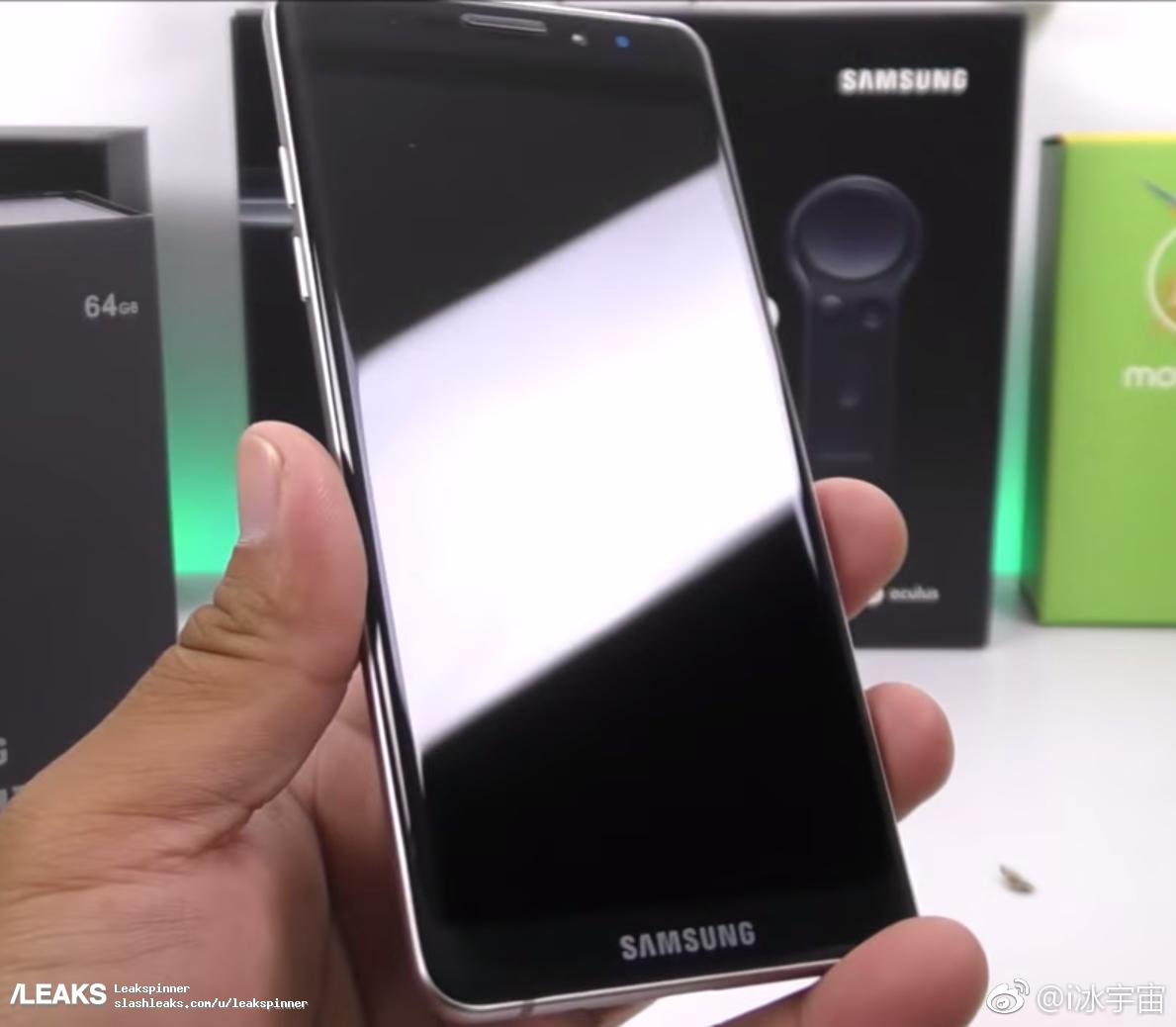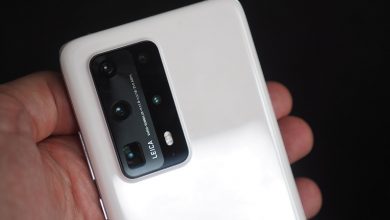
After the last, Samsung’s Galaxy Note 7 (RIP) failure. Samsung is planning to come out with a congenial dream smartphone known as “Galaxy Note 8”. As there is so much hype for the smartphone, of course, possibilities for leaks advances.
Here is the latest picture leaked of the upcoming Galaxy Note 8, as far we can get.
 Source – ( Slashleaks
Source – ( Slashleaks
In the picture, it’s completely visible Samsung has started to get rid of its previous traditional design of home button placement in the bottom center. Which ultimately proves that Note 8 is also expected to get onscreen navbars just like S8 and S8+. We can also predict that display is about 5.7″ with Super AMOLED screen along with 16M colors. and expected to be QHd on over protection of Corning Gorilla Glass 5 added more with smooth super dope side edges (sexy). On front can also be seen that it comes with now front flash supposed to be added with the 8MP camera integrated increasing our penchant towards the device.
For more hardware and others related to the Samsung Galaxy Note 8 stay tuned to us, as much more is upcoming.
Source: SlashLeaks



Totally fake in my opinion. Where is the Infinity Display? Why are its bezels so thick again (compared to the S8’s). Also, the original source (see on the bottom of my post) shows more pics, including its specifications. Now, there it says 5MP front camera. Really?? Where is the S8’s 8MP front camera? I have to admire the Photoshoper though! Great work! XD XD
Original Source:
http://www.androidcrunch.com/2017/06/01/samsung-galaxy-note-8-retail-box-leaked-confirms-galaxy-note-8-edge-well/